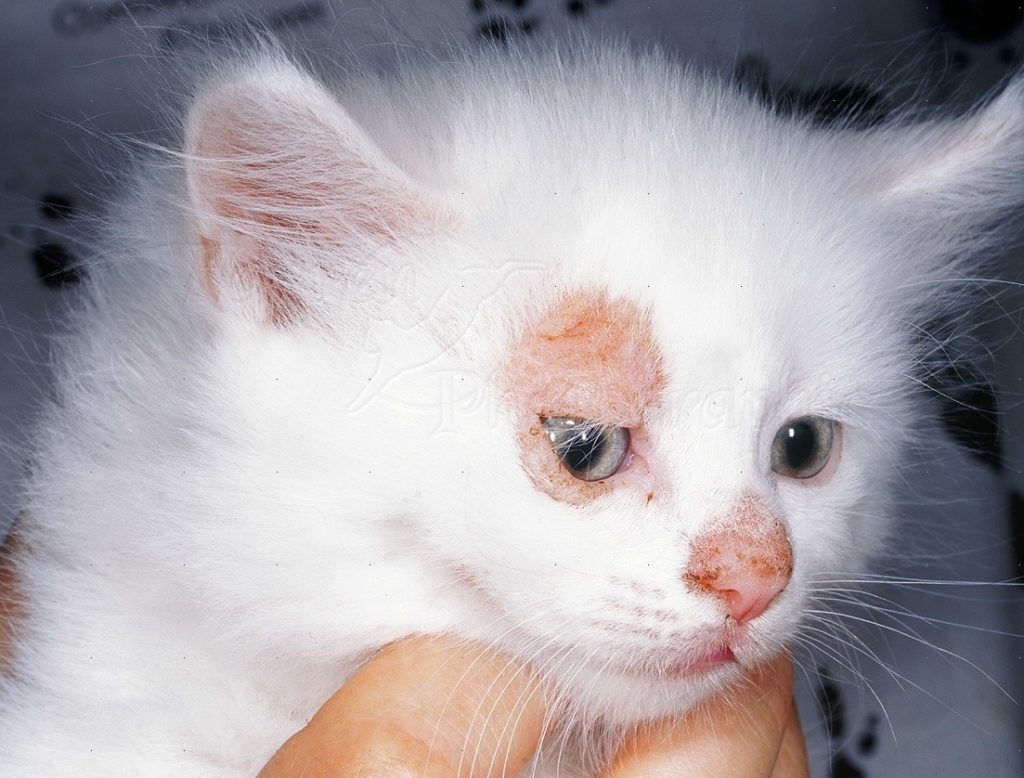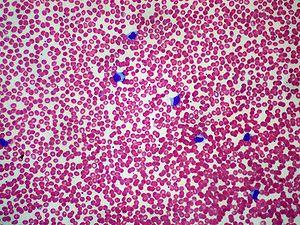


True Woods lamps fluoresce at this ~360nm wavelength, according to Shelter Medicine, which also advises against using a generic ultraviolet light in the tool. The common blacklight blue bulb has a peak wavelength of 368nm and a total UV output that dpeends on the wattage of the bulb. They are also made in a wide range of shapes, lengths, and bases, so can be used in numerous types of equipment, large or small. These bulbs can be incandescent, but fluorescent type lamps are much more common due to being more efficient than incandescent. If you suspect a fungal infection in your pet, always seek proper veterinary care.Īlthough blacklights can have no filter, the more widely recognized version is a UVA bulb with dark blue filter. It should be noted that, according to PetMD, not every case of ringworm can be diagnosed with a blacklight, as some types of fungi do not fluoresce. Bacterial infections can be coral red, yellow-green, orange, or other colors. The color of ringworm under a Woods Lamp is a bright apple green, which may show under a blacklight with a blue filter in a darkened room. Using light is a simple way to detect ringworm, although not the only way. As the fungus (or bacteria) absorbs the ultraviolet light from the blacklight bulb, it emits a color in response.
#Black light and ringworm skin#
This UVA radiation, at 365-368nm, can cause fungal and bacterial infections to appear to change color on a human's or animal's skin or hide.įluorescence is a colored glow that is emitted by a substance that absorbs light or electromagnetic radiation from an outside source. The dark blue filter removes most of the visible light, leaving only the ultraviolet radiation. By shining patches of skin and fur under the UV light, vets can see the fungus.Īlthough the material used to make the original Wood's lamps have been replaced with different optical filtering materials, the concept has remained the same. The fungus that causes ringworm fluoresces under the ultraviolet light from the blacklight. The most common tool veterinarians use to diagnose ringworm on pets is a Wood's Lamp, which is another name for the common blacklight bulb with a blue filter.Īccording to Wikipedia, Wood's lamps have been used since 1925 to detect fungal infections in hair. These bulbs are very common for diagnosing ringworm in cats, dogs, and other animals. They also have an important clinical use by veterinarians. Blacklights are not merely for special effects and lighting up cool posters.


 0 kommentar(er)
0 kommentar(er)
